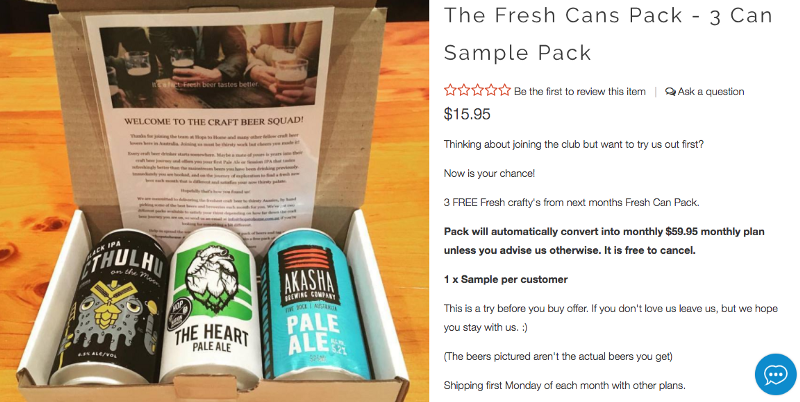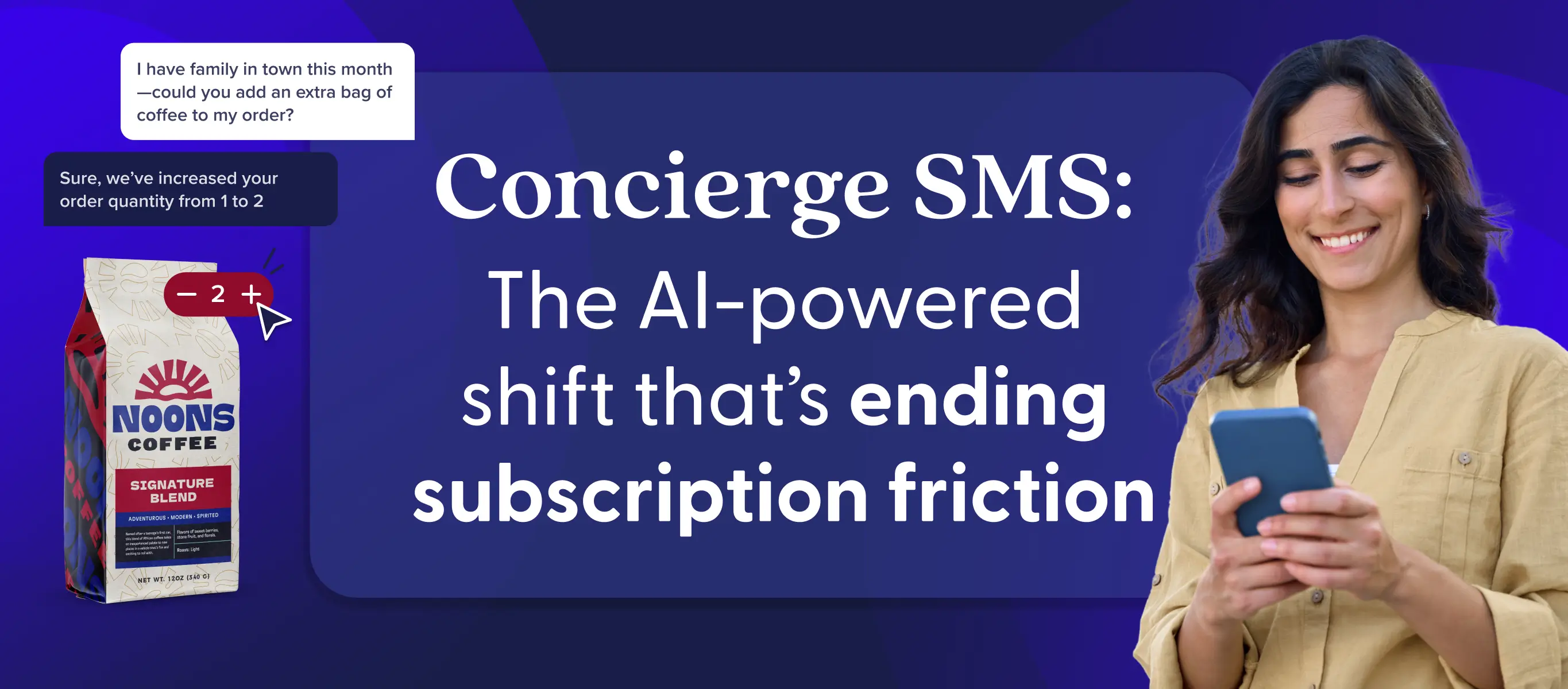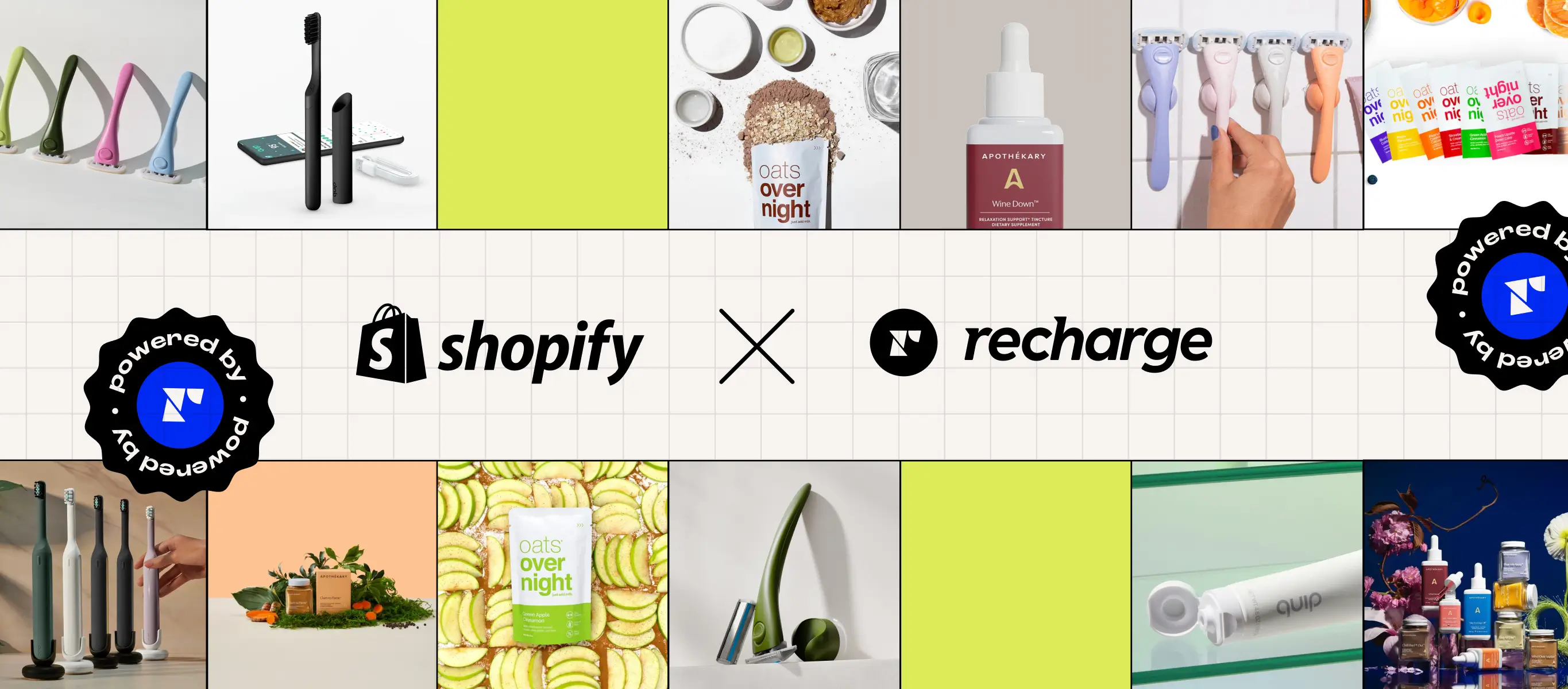In the past, setting up free trials or discounted trial workflows with Recharge was a bit complex. But no more. There’s now a simple, way to set up trial workflows that get new customers hooked on your products and then converts them into loyal, long-term subscribers.
This is good news, as some data shows that as many as 7 out of 10 users who start a free trial and enter a payment method will convert into paying customers.
Want to see the different ways merchants are already using this new feature? We gathered a few use case examples so you can start thinking about how you, too, can take advantage of trial workflows right away.
1. Activating new customers with free trial
The secret to retaining customers is to get them activated and on board with the subscription-based products you’re selling. Free trial workflows are a foot in the door to that entire process.
Linhart, for example, uses Recharge’s out-of-box trial workflow with the first order free — customers just pay $5 for shipping. Fourteen days later, the trial ends and the next order ($16 with free shipping) is charged. The regular subscription frequency picks up after that.

Klova does something similar, but with a 100% free trial in which the subscriber pays nothing at checkout. The workflow is triggered and queues the next order to occur 10 days later. It also sets the new recurring price to $27.89. Additionally, they’ve updated the title so that “Free Trial” is removed on the recurring orders.

2. Familiarize new customers with a sample-sized free trial
Sometimes, new customers will want to try your product before committing to a subscription. With trial workflows, it’s easier than ever to send those shoppers a free sample-sized product — and then get them automatically set down the path toward ongoing shipments.
Kettle & Fire was able to create a custom flow, with the help of developer agency Little Vitamin, do just that! They now invite new shoppers to sample their products with a two-pack free trial of product (all the customer has to pay is a $6.99 shipping fee). From there, after 30 days, the regular subscription automatically begins — and the quantity increases/full price ($45 with free shipping) is charged.

Note that in this case, the brand is using a developer-made, custom-built landing page and checkout flow to promote the free trial. However, you can see in the image above exactly how they’re executing this new feature, albeit with a little extra finesse.
3. Let customers try before they buy with a free trial
One way to get uncertain customers over the obstacle to purchase? Let them try it and get hands-on with the product itself.
That’s exactly what Hops to Home does with their “Try before you buy” sampler. The trial starts out with a three-can sample pack, and the customer’s only cost is the $15.95 shipping fee. After the initial order, the workflow is triggered and will automatically convert the customer to the monthly ($59.95) plan.

What’s especially unique about this approach: They promote that it’s free to cancel, which adds transparency and fosters a sense of trust with new customers. Other merchants disable this feature until a few orders have been paid for. However, they have added some protection and cost-covering by having the customer pay shipping fees. This way, they can cover losses if the customer decides not to continue with the subscription.
4. Reduce risk with free shipping and a “cancel/skip anytime” policy
Vitamin company Ritual helps get new customers on board with their recurring subscription by reducing some of the friction around checkout: Shipping is free, and customers can cancel or skip a month anytime. They also have a money-back guarantee for unsatisfied customers.
This helps assuage some of the buyer’s concerns around trying the product and reduces the perceived risk associated with signing up for the monthly shipments.
To attract new audiences, try using a highly customized landing page and checkout flow to allow customers to select from different options for their final order. This approach does require quite a bit of advanced, third-party developer work, but it’s an example of what’s possible with this feature.
Ready to set up a trial workflow of your own? Learn more about setup with Recharge today.



